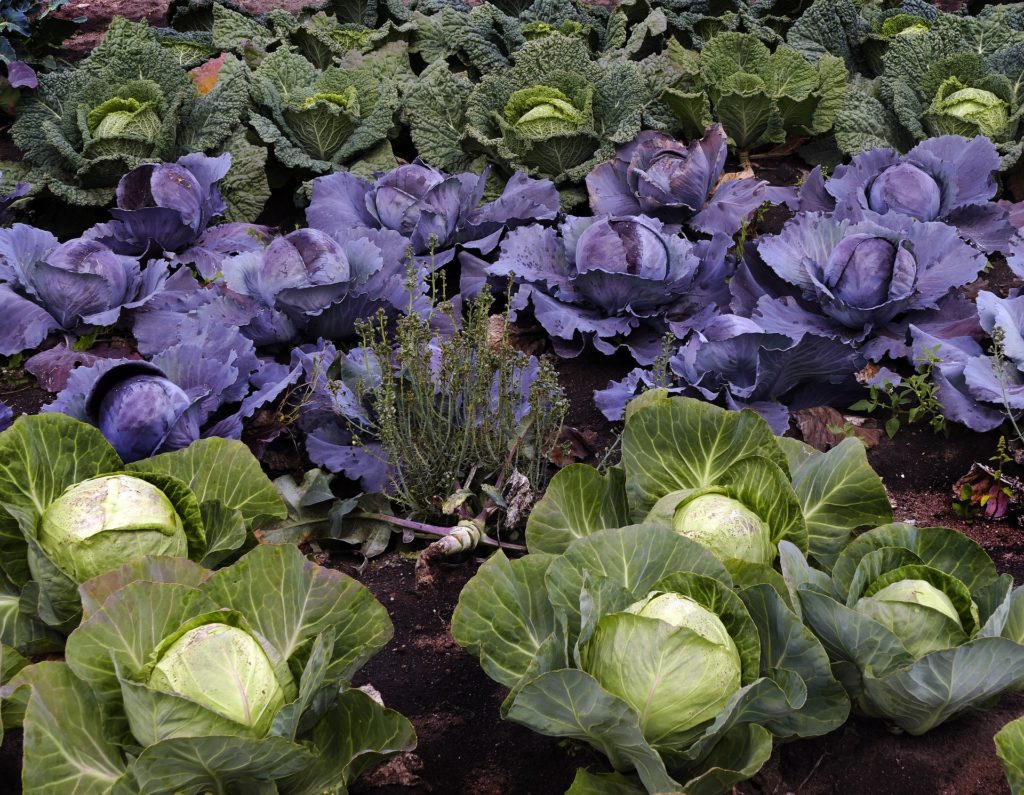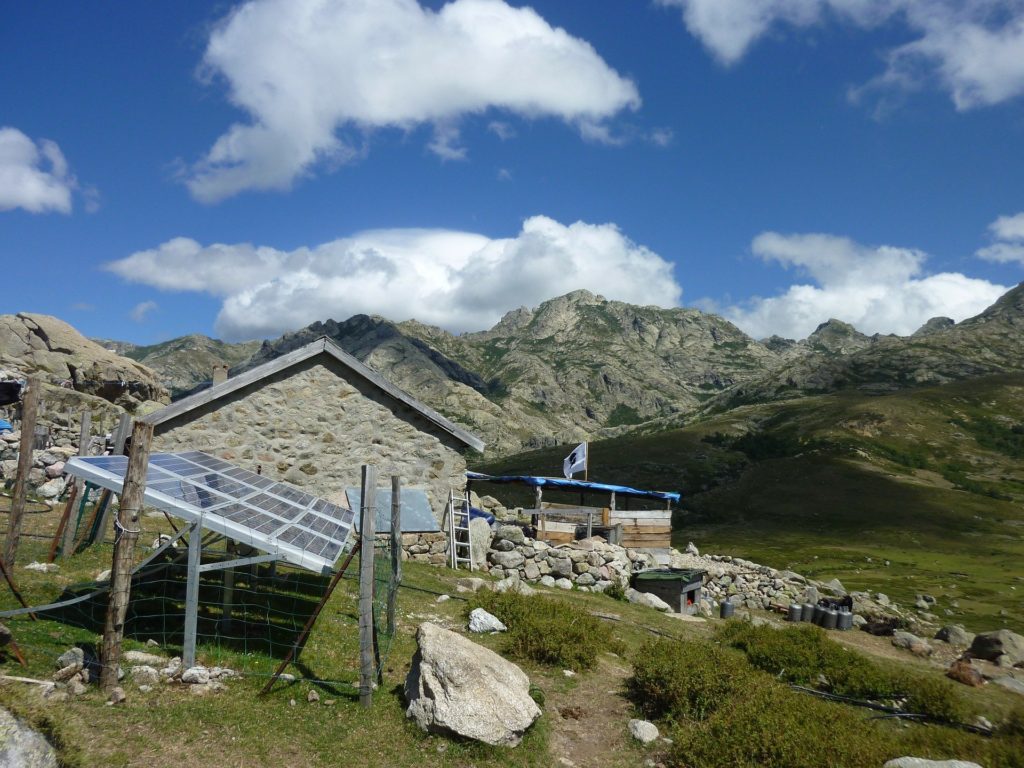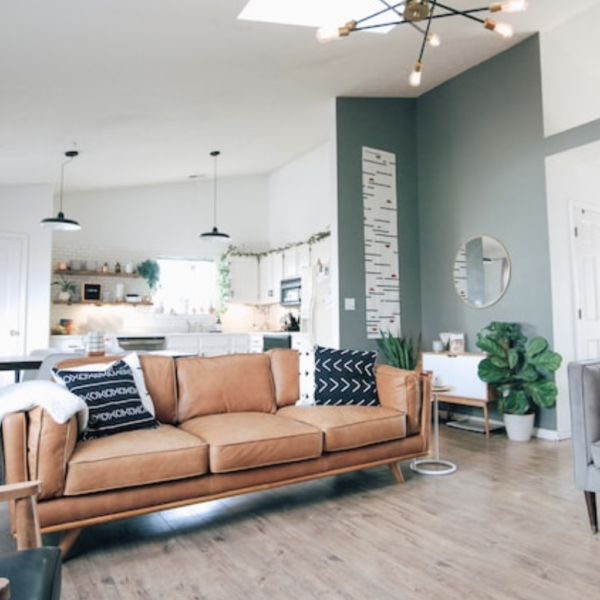PRACTICAL WAYS TO MAKE YOUR HOME MORE SELF-SUFFICIENT
The idea that you might want to invest in a self-sufficient home was laughable at the beginning of the year. What could go so wrong that would require you to hunker down in your home for months on end while the society around you collapsed?
Oh, wait, that’s right: the coronavirus is what happened. And thanks to its profound impact, we’re all preppers now. The current crisis has gotten people thinking: are there any ways that they can alter their homes to make them more self-sufficient so that they can avoid pain in the future?
Well, it turns out that there are. And preppers have been doing them for years. Remember, a home isn’t just somewhere beautiful to live. It is also your life support system. You need it to kick in during a time of crisis. So where do you start?
Create A Vegetable Patch
Stocking up on tinned foods and grains is easy. But getting access to fresh vegetables without putting yourself at risk of the coronavirus is a far more significant challenge.
For that reason, it is a good idea to cultivate a vegetable patch. Strange as it might sound, you don’t have to focus on growing crops that offer lots of calories. Mainly, you want to grow fresh foods with short shelf life, such as lettuces, greens, and so on. The more of these you can incorporate on your plot of land, the better. They provide you with all the micronutrients you need, while the food in storage gives you carbs.
Collect Rainwater
Fortunately, the coronavirus pandemic doesn’t seem to be affecting essential utilities, like water. But there are disaster scenarios where such a thing might happen. Indeed, it already has in many parts of the world ravaged by drought, storms and earthquakes.
Collecting rainwater in water tanks, therefore, is a good idea. It means that you always have a source of usable water nearby for your sanitation and washing needs. It also means that you’re able to continue watering your vegetable patch if the rains fail for whatever reason.
Install A Solar Array
Solar panel technology is the closest thing that we have right now to free energy – and an incredible boon for any family looking to prep.
Solar works year-round, even on cloudy winter days, providing the energy that you need to keep basics running, such as your household appliances. It also reduces your reliance on the grid for electricity. So even if there is a power cut, the lights won’t go out.
If you want a useful solar array, you will have to invest quite considerably in the right kit. It’s not enough to install a bunch of solar panels. You also need battery storage so that you can continue to receive electric power at night. But once you’re done, the investment is so worth it. Plus, you may never have to pay an electricity bill ever again.
Get A Wood-burning Stove
If you live in a big city, then a wood-burning stove probably isn’t practical. But if you have a ranch or a country house, then it is undoubtedly something worth your consideration.
Wood-burning stoves are great because they can provide you with heat, even if there are interruptions in the gas supply. You just install them in your living room, hook up the flue, and start burning wood on your land.
Speaking of which, creating a patch of forest on your property now is probably a good idea. Yes, it’ll be many years before it matures, but once it does, you’ll have plenty of wood you can chop down and dry out in the event of an emergency. Plus, woodland on your property looks great.
Create A Compost Heap
Composting leftovers, food waste, and garden trimmings is an essential part of living off-grid. It allows you to create the soil that you’ll use to nurture the next generation of plants you grow in your garden. The more vegetable trimmings and cuttings you can put into it, the better. Eventually, it’ll all decompose into a rich substrate for your vegetable plot, negating the need to get enriched soil from the garden centre.
Find Ways To Cut Your Energy Usage
A lot of homeowners install solar panels, only to find that they don’t meet their energy needs. It pays, therefore, to find ways to cut energy usage around the home. Start by installing a smart thermostat that communicates with your smartphone. This device can automate your heating and cooling cycle. And you can switch it off remotely to avoid wasting money while you’re not there.
Use Recycled Materials
When you try to live more self-sufficiently, you naturally get into the habit of recycling materials. Nothing goes to waste. If something reaches the end of its intended life, you repurpose it into something new.
Using recycled materials and learning how not to throw things away ensures that you make use of all the resources available to you.
Most of us in the west never lived through times like these, so it is difficult to know how to react. What’s clear is that disaster really can happen and we need to prepare for them. Fortunately, it doesn’t look as if the coronavirus is going to have deep and lasting adverse effects on our civilisation. The death count is high, but it is also far lower than it could have been, and certainly much lower than the Spanish flu.
The next crisis – and there will be one – could be much deadlier. And for that reason, it makes sense to prepare now. You don’t want to find yourself having to rely heavily on others if another pandemic makes its way around the planet. You want to have everything on hand to weather the storm in the safest way possible.
As you’ve seen, the preparations that you need to make are surprisingly straightforward. So long as you have water, heat, light, food and shelter, then you’re putting yourself in good stead. Plus, once you finish the work, you’ll have peace of mind.







